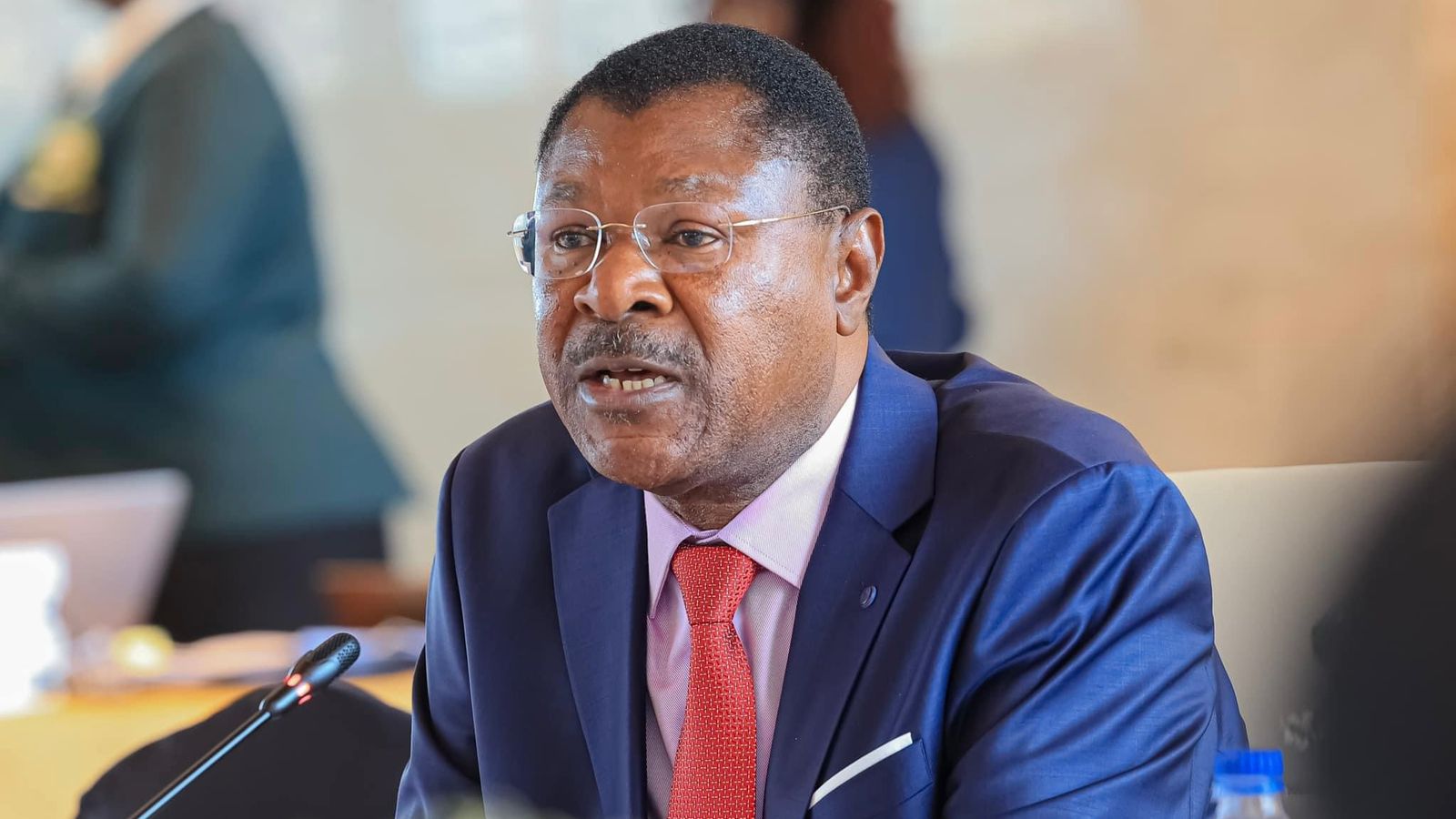Kenya’s leading property company BuyRentKenya on Thursday hosted a webinar on mixed developments in the country and how they are shaping the property landscape locally.
Mixed development can be simply broken down as an establishment that has diverse investments and properties. For instance, instead of putting up a mall full of stalls, you can break it down and have stalls, residential spaces, and offices among other incoming generating projects.
Some of the leading mixed development projects in the country include; Garden City Mall, Two Rivers among others.
The webinar brought together top industry leaders that include; President of Women in Real Estate Robyn T. Emerson who moderated the session, Esther Karegi (Laser Properties), Wilson Mugambi (Architectural Association of Kenya President), and Jayesh Chavda (TRV Developers) who were the panelists.
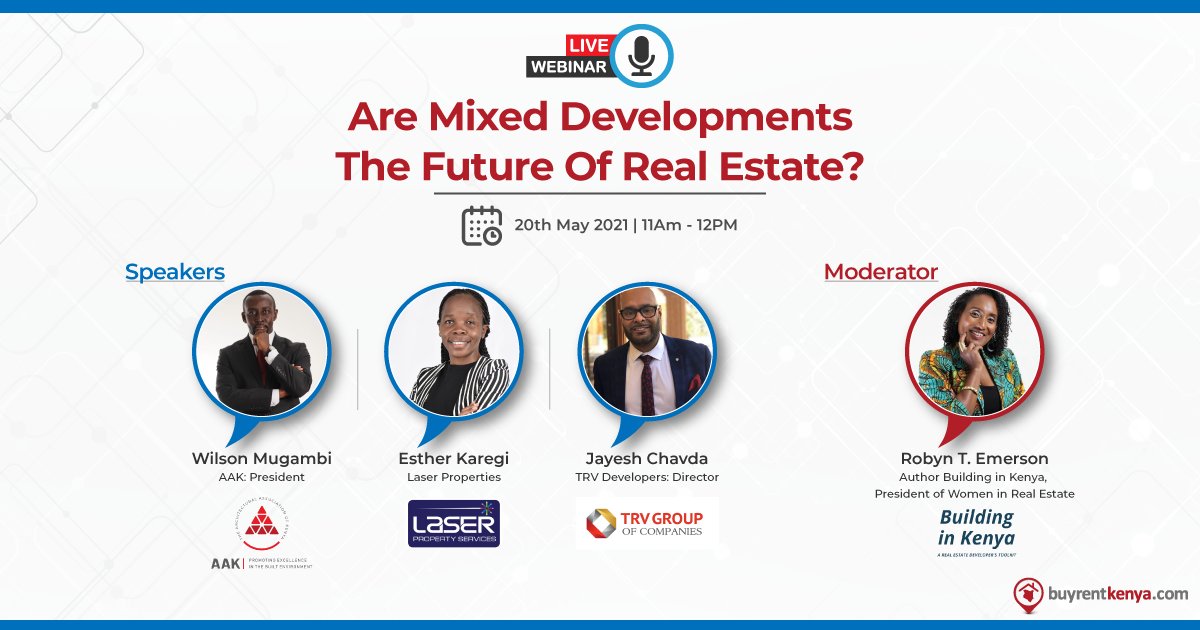
During the session, all the panelists agreed that mixed development is the way to go as it helps balance the risk and guarantees high returns. This is so because you’ll have diverse developments in your property, meaning if one section is struggling, then the revenue from the other sections can supplement it.
While breaking down the concept of mixed-use development, the panelists noted that it is not limited to a mall setting, as it can also be used in gated communities and estates where a group of people come together, set up their homes, and start developing other infrastructure like schools, common ground, shops among others.
The panelists also made it clear that a mixed development does not necessarily need to be a multi-million project. According to them, any established that hosts several service-providing entities qualifies to be a mixed development. For Instance, a building with an M-Pesa shop, butchery, chemist among other amenities is a mixed-use development.
Unlike past Mixed Development projects like Buruburu estate, madaraka estate etc, current developers have notably switched to apartment blocks due to the high land prices thereby having several blocks of highrise buildings for the residents and a separate block within the premise that hosts hospitals, fitness clubs, and shops. Most of these new developments also have dedicated spaces for schools and playing grounds.
A few notable concerns from some of the webinar participants like Nishit shah is the lack of consideration for the elderly, sick, or the disabled since most apartment blocks do not have a wheelchair ramp or lifts.
Another contribution to the webinar was made by Elizabeth Wachira on the possibility of having Memorial Parks in the larger Mixed-Use Developments. This is from the growing popularity of cremation as opposed to burials with more and more people sitting with urns in their houses, waiting for the appropriate time to dispose of their loved one's ashes. With Memorial Parks, there could be a beautiful garden where people can go and pray/be with their departed loved ones.
As to whether mixed development is a reserve of the elite and the middle class, the panel held the view that mixed development is for everyone, what is important is thinking outside the box and working within your budget.
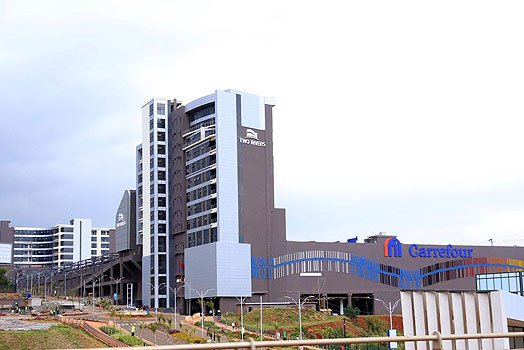

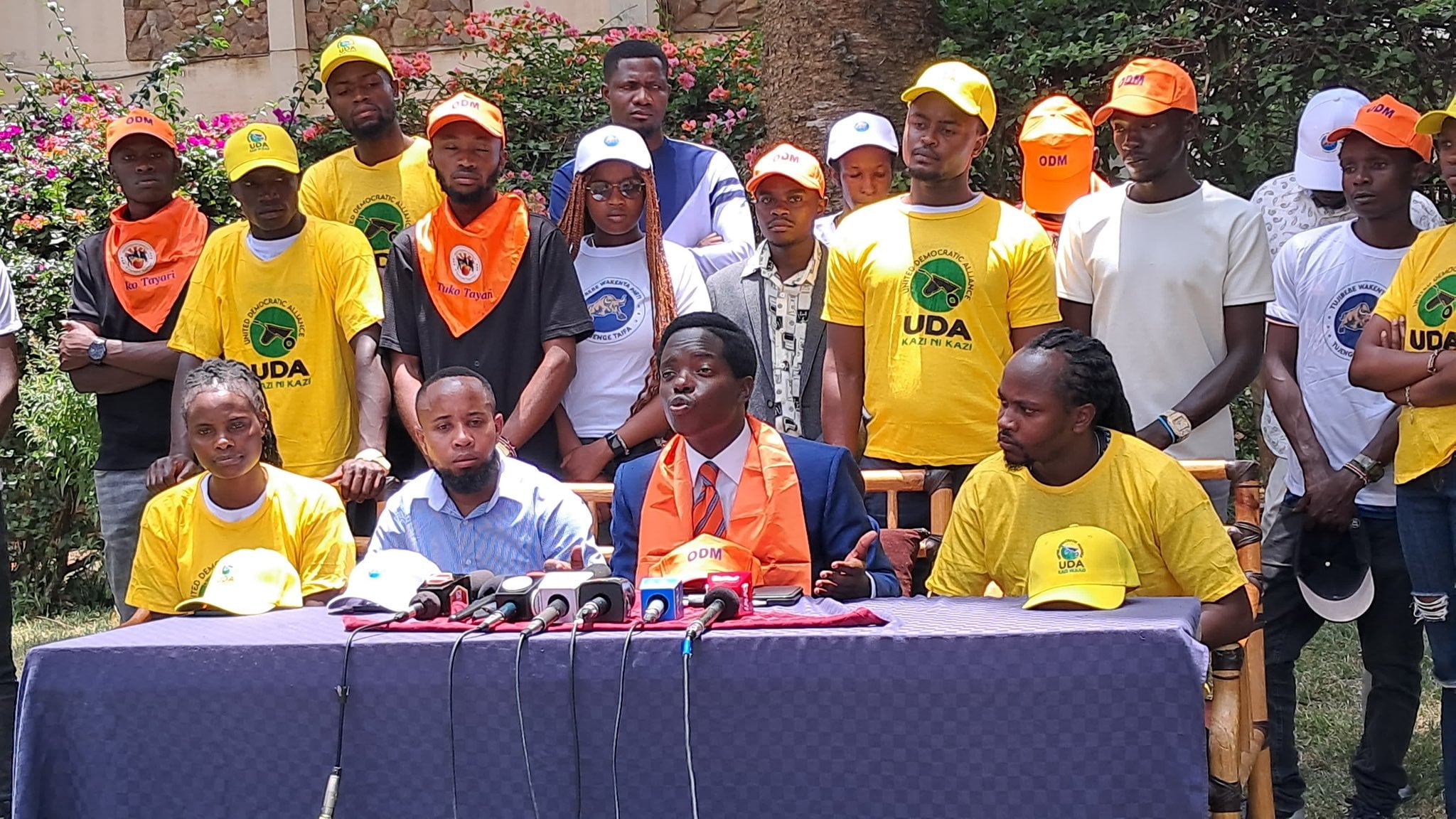
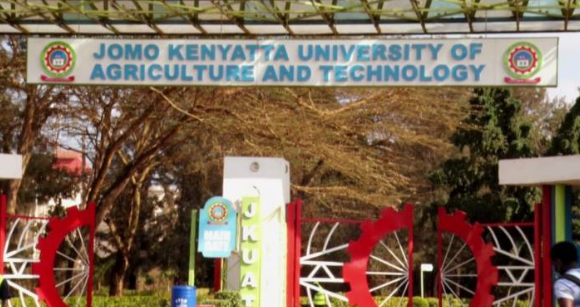

-1765345454.jpeg)
